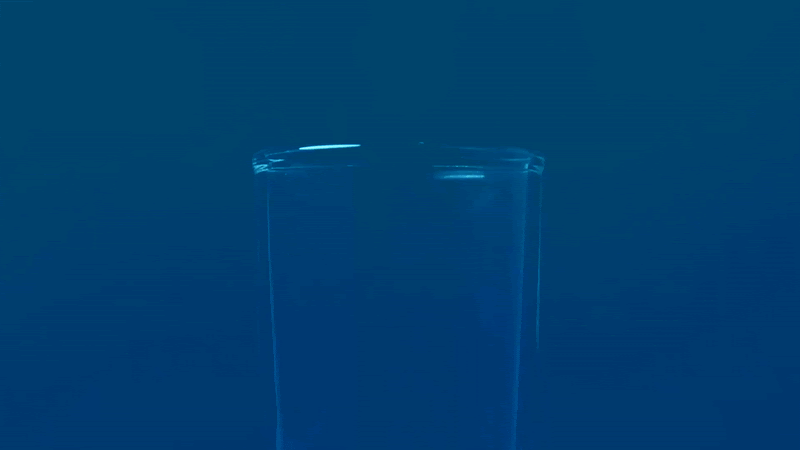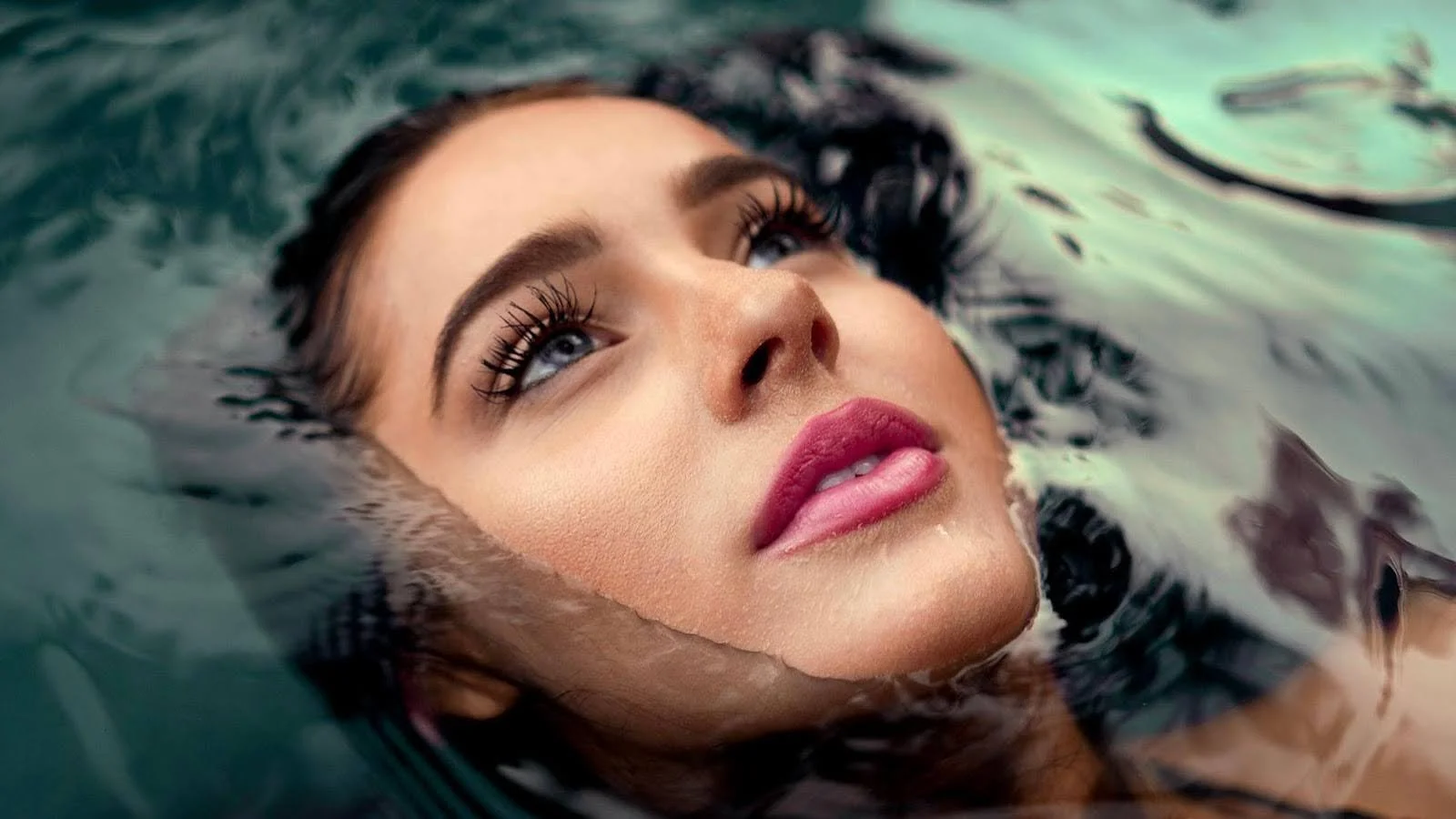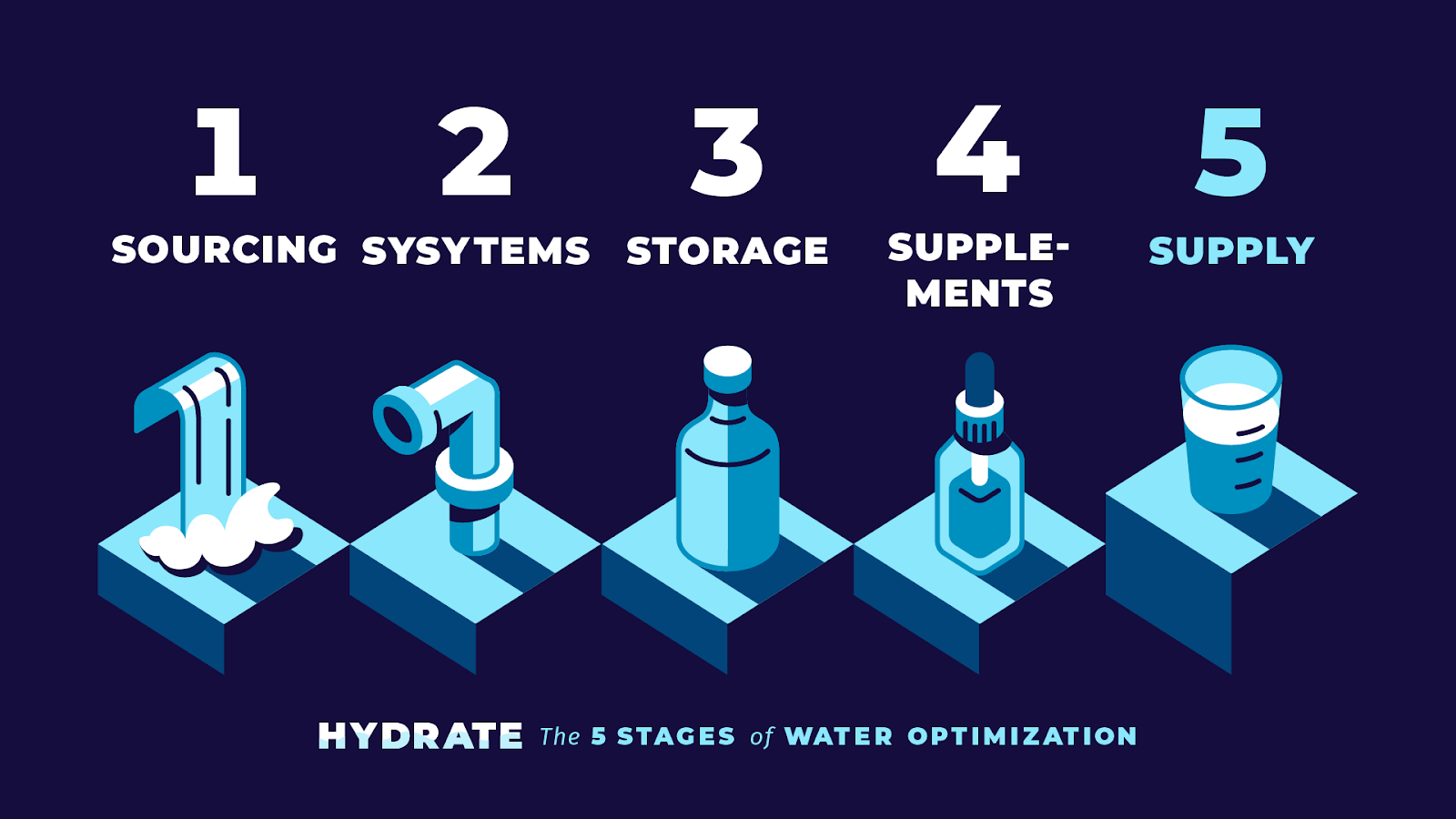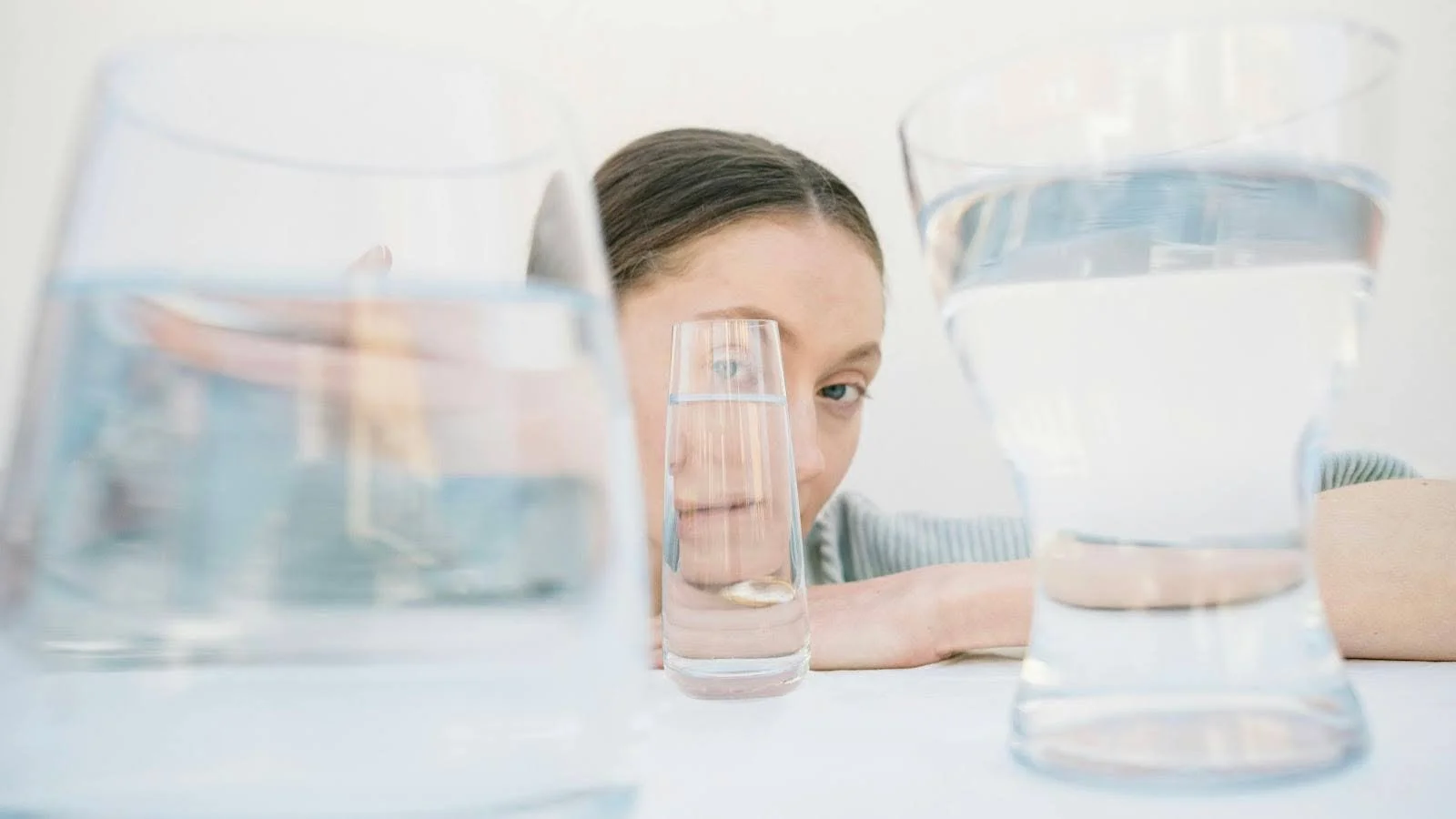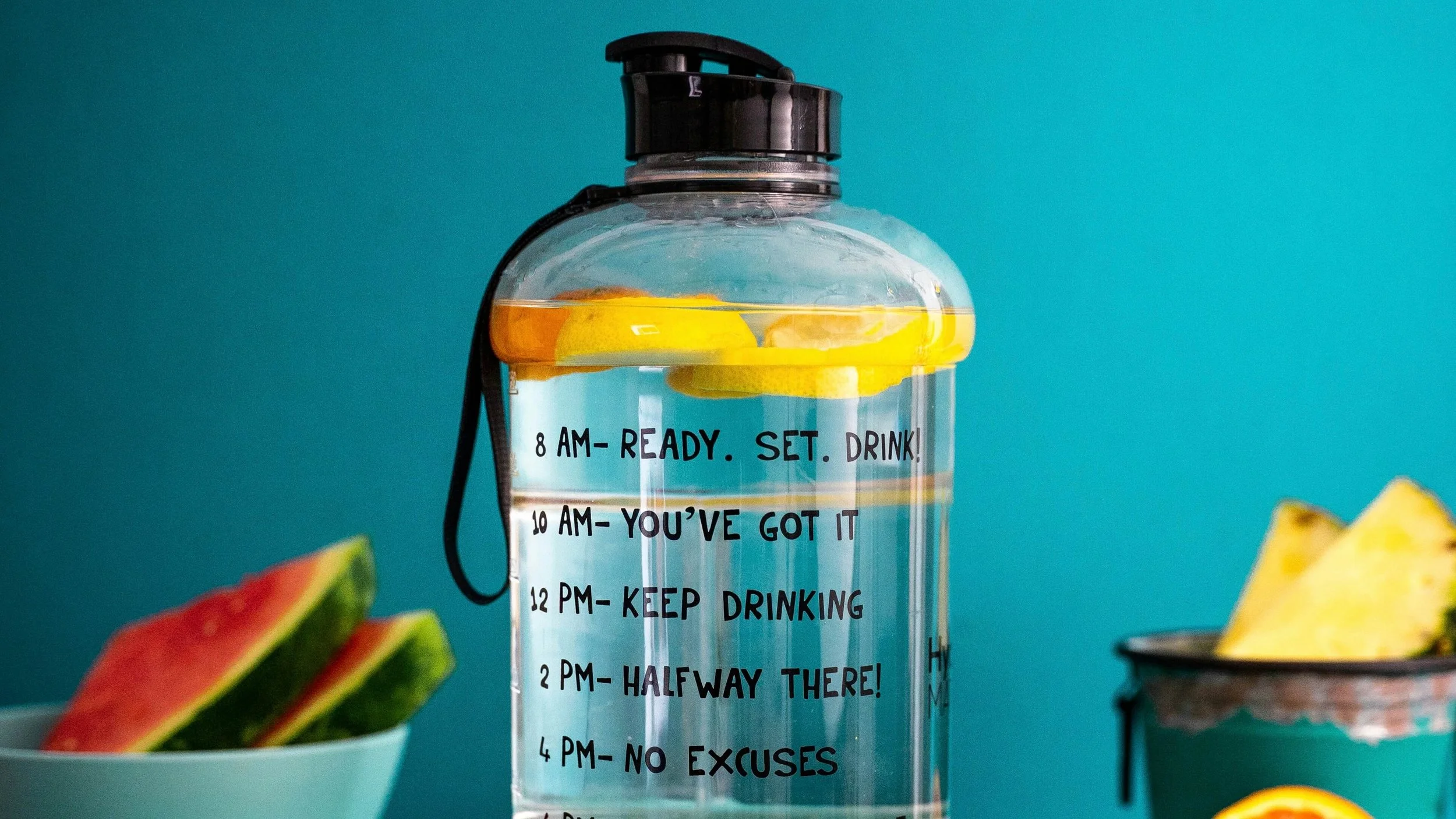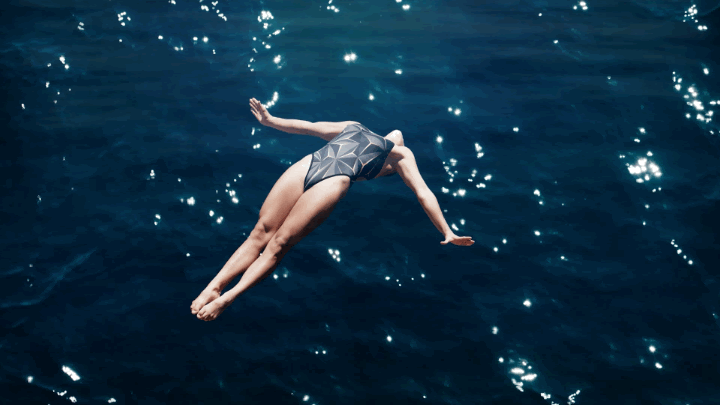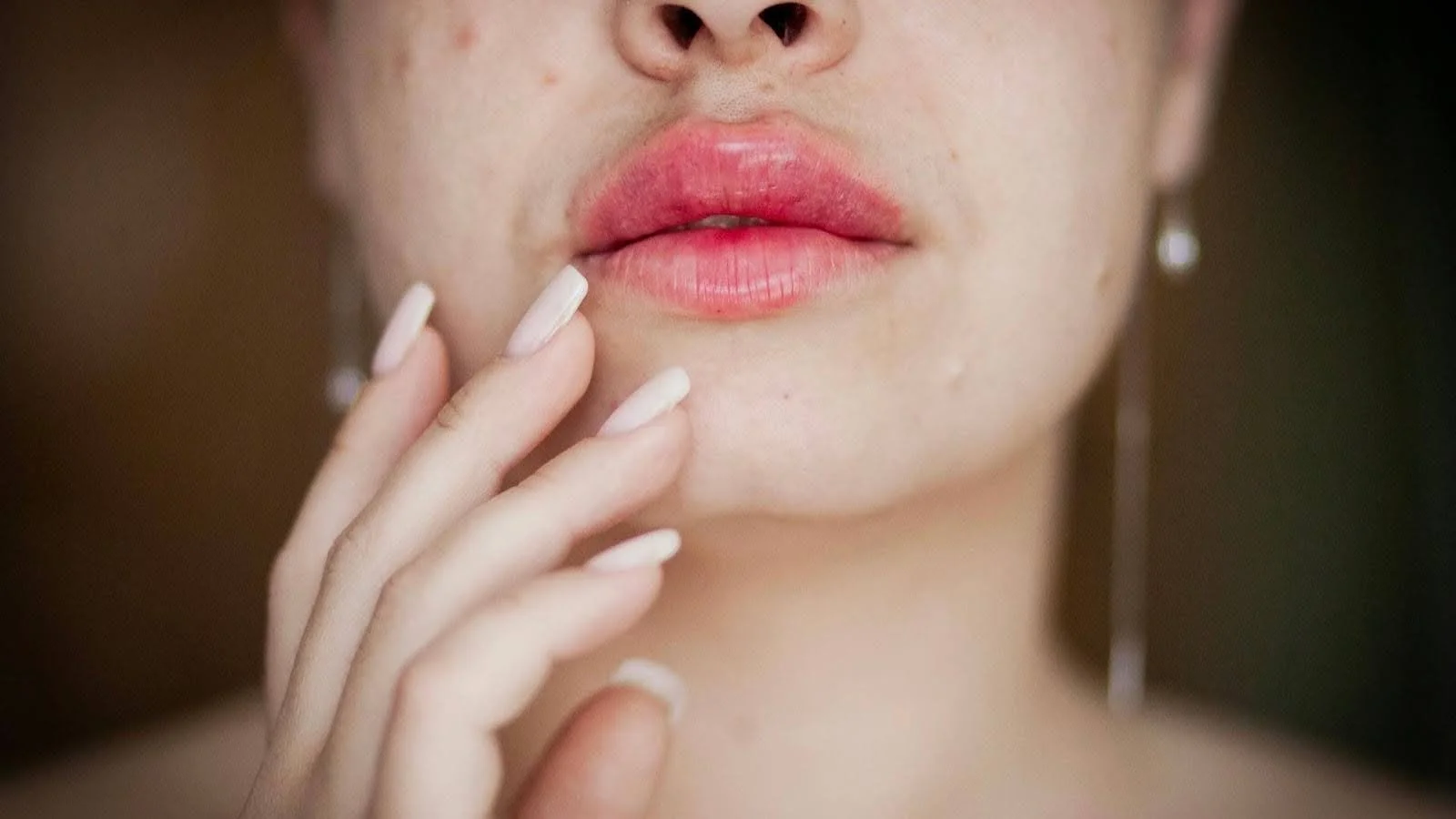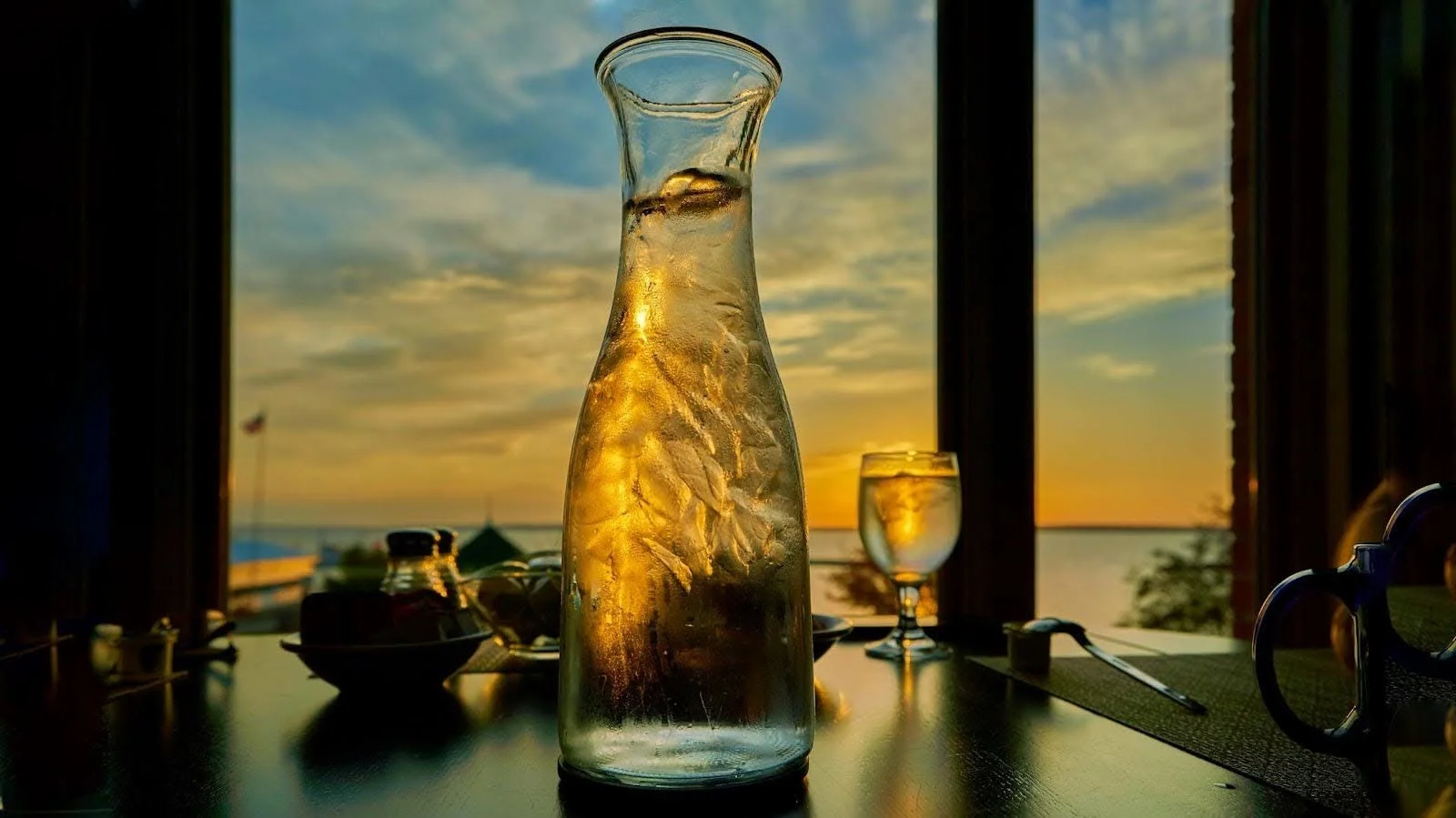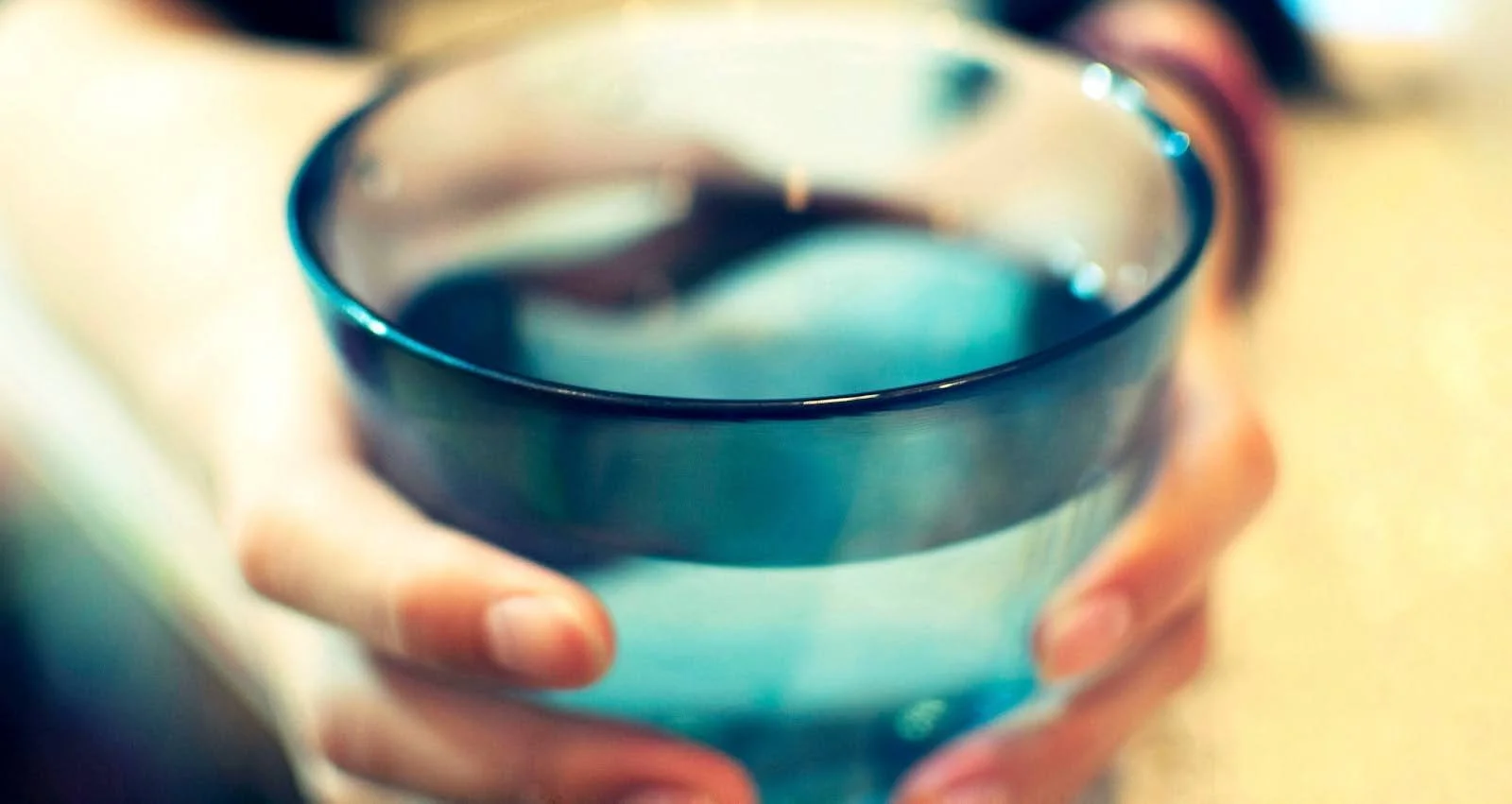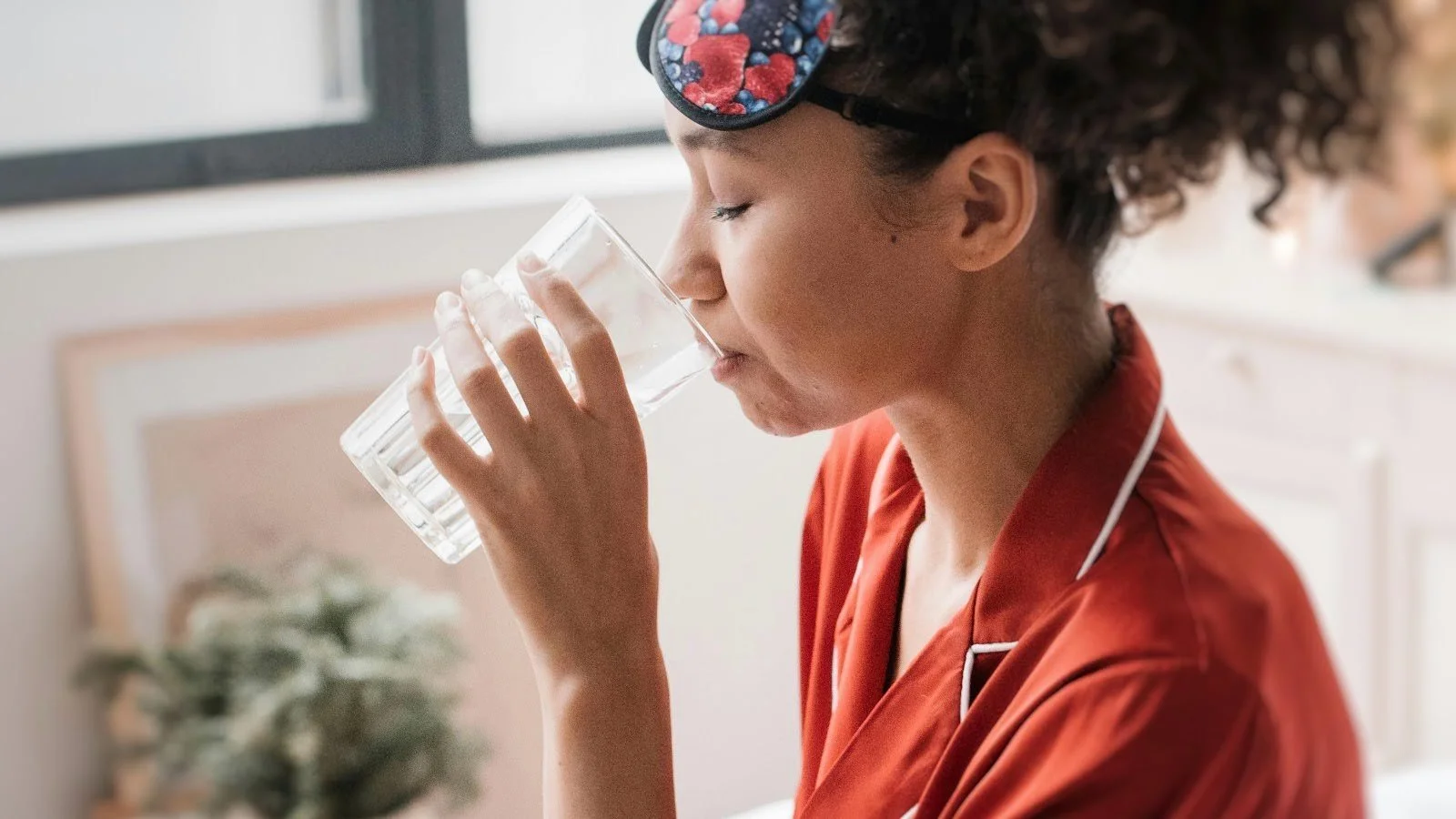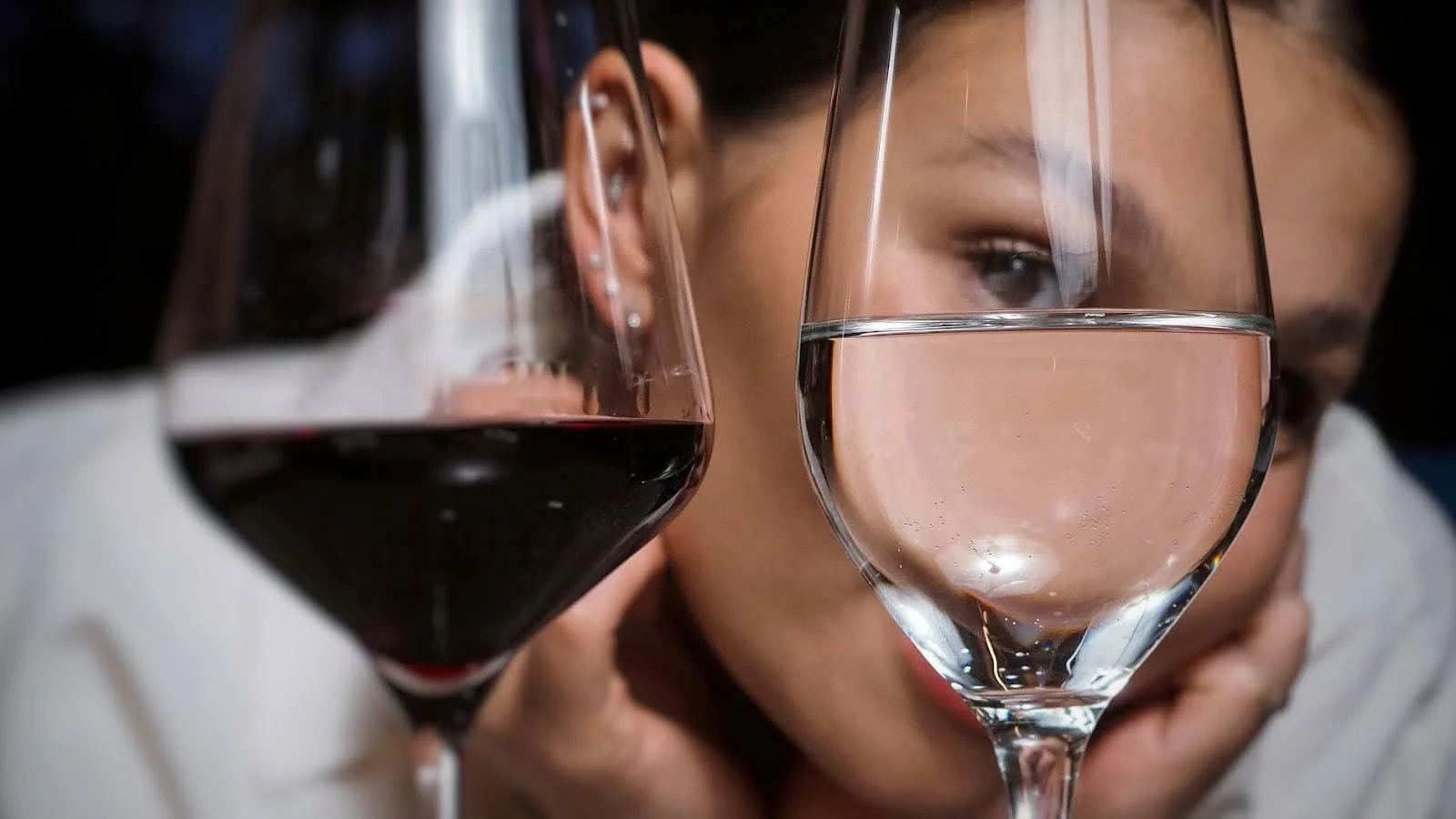11 Hydration Hacks & Supply Strategies for the New Human
This is Stage 5 | SUPPLY | of HYDRATE: The 5 Stages of Water Optimization
“Drinking water is like washing out your insides. The water will cleanse the system, fill you up, decrease your caloric load and improve the function of all your tissues.”
The Multifaceted Hurdles to Hydration Habituation
“You can lead a horse to water, but you can’t make it drink.” As the proverb suggests, even our most basic necessities can prove difficult to sustain.
The seemingly simple goal of increasing our water intake can be a surprisingly tall order, as our efforts to re-connect with this natural impulse is all-too-often thwarted by complex psychological, biological, and sociological barriers. Widespread unawareness, inadequacies in water infrastructure, convenience culture, commercial marketing, and the normalization of unhealthy lifestyle patterns all contribute to this resistance.
Heavily treated, chemically disinfected, stripped of minerals, and contaminated with industrial byproducts or microplastics, the municipal tap and commercially bottled water that most rely upon today bears little resemblance to water in its naturally occurring form. These modern supplies can leave the body indifferent — or even repelled — dulling the clear thirst cues that once functioned as a vital survival mechanism for our ancestors.
Beyond taste and biology, psychology shows that much of our adult behavior is shaped before the age of seven. The hydration habits modeled by our caregivers, families, schools, and communities become part of our subconscious hardwiring, influencing choices and behaviors in ways that can be difficult to override long into adulthood.
While many of our mentors and educational curriculums overlook the importance of hydration, the average person is bombarded by tens of thousands of marketing messages each day — many promoting habits that undermine long-term health. Research suggests that even the ads we don’t consciously register can influence our preferences, purchasing decisions, and daily routines more than we realize. Mastering the subliminal art of persuasion, the beverage industry has profited trillions by saturating public spaces and feeds with some of the most sophisticated campaigns in history. Despite mounting evidence linking their products to chronic illness, their sugary, caffeinated, and artificially formulated drinks remain more affordable, accessible, and culturally favored than clean water in many regions.
From Resistance to Ritual: Comprehensive Strategies for Body-Wise Hydration
To forge new, lasting habits, we must first recognize these layered challenges for what they are: not personal failures, but predictable responses to our environment, history, and biology. Realigning with the body’s intrinsic wisdom often requires more conscious effort, re-education, reflection, and persistence than most people expect.
The guidance that follows is designed to bridge the gap between stalled out intention and effortless practice. Drawing on diverse tools, techniques, and expert insights, these strategies can help restore the body’s natural fluid balance — unlocking the kind of health, clarity, and vitality worth striving for.
To combat the preventable sickness, lost potential, and chronic suffering tied to dehydration — one of the most consequential and overlooked public health crises of our time — the HYDRATE framework explores both the challenges and solutions of modern-day hydration. Connecting readers with proven tools, technologies, and practices for securing and effortlessly consuming bioactive, nutrient-rich water, this series was created for wellness enthusiasts, biohackers, and individuals seeking greater autonomy over their health.
Drawing on leading-edge research, timeless traditions, and emerging innovations, HYDRATE distills a complex, often overwhelming subject into five distinct, actionable steps:
Evaluate or upgrade your water SOURCING
Improve it through targeted SYSTEMS
Contain it in safe, non-reactive STORAGE
Revitalize it with fortifying SUPPLEMENTS
Align daily SUPPLY strategies with the body’s unique needs📍You are here
Go to the HYDRATE Home Page for quick access to all the articles or the Series Introduction for a contextual overview of the guiding principles, research insights, and systemic challenges that inspired this protocol, along with a full description of the 5 stages. Use the hyperlinks above to jump into any of the five main articles that contain in-depth guidance, practical strategies, curated product reviews, and other resources for upgrading your personal approach to hydration.
DISCLAIMERS: This article is for educational purposes and does not constitute medical advice, diagnosis, or treatment. Guidance, reviews, and recommendations are based on personal testing, consumer feedback, and independent research. While some research and editing were AI-assisted, all final writing and opinions are original works and the intellectual property of CHANNEL ONE.
The HYDRATE framework focuses on optimizing regulated, pre-treated water from municipal, public, or commercial systems, not untreated sources such as springs, private wells, or rain catchments. This article includes affiliate links through the Amazon Associates program, meaning CHANNEL ONE earns a small commission from qualifying purchases at no extra cost to you. While featured products are primarily intended for the U.S. market, and availability may vary internationally, the insights shared are intended to help readers make informed, health-conscious choices worldwide.
A Multilateral Approach to Hydration Habituation
The following strategies integrate insights from technology, neuroscience, psychology, and biology to foster a more empowered, sustainable relationship with drinking water. By refining water intake goals, reorienting the conscious mind, reconditioning subconscious patterns, and aligning daily practices with the body’s chemistry and pre-existing lifestyle patterns, we dramatically increase our chances of achieving the kind of habitual hydration that keeps us alert, alive, and thriving.
Personalized Tools & Tracking Devises
Most people don’t actually know how much water they consume in a given day — or how much their body specifically needs to perform at its peak. By pinpointing an optimal intake target, then using the right tools to track actual water consumption vs daily goal, can turn vague intentions into measurable habits. With an ever-expanding range of web calculators, mobile apps, and wellness tech, these insights no longer have to be a matter of guesswork. By gathering accurate data and keeping record of progress in real time, we can create daily hydration routines that are highly personalized, customizable, and therefore more accessible and sustainable in the long run.
1. Calculating A Daily Water Intake Target
There’s no one-size-fits-all approach to hydration. While the often-cited “8 glasses a day” can serve as a rough baseline, the body’s actual needs are shaped by many factors. A commonly recommended guideline is for each person to drink about half their body weight in ounces of water per day. For example, a 150-pound person would aim for roughly 75 ounces. This target should increase on days with travel, heat, illness, strenuous activity, or excessive sweating.
A variety of online tools and apps can now help us calculate a personalized hydration goal, factoring in a wide range of variables so we don’t under- or over-estimate our needs. Developed by health professionals and based on published methods, the Hydration for Health Calculator is a science-backed option that considers weight, age, gender, activity level, climate, and even life stage — such as pregnancy or breastfeeding.
Being proactive and precise about our intake target can be both motivating and reassuring. Many apps also provide feedback and reminders to help us stay consistent, with some offering intake tracking features similar to those in the next section.
2. Utilizing Tools for Intake Tracking & Reminders
Tracking how much water we drink is a powerful way to build awareness and recalibrate our hydration habits. Today’s tools make this easier than ever.
One high-tech option is the BOOST Tracker Smart Water Bottle, featuring a glowing light ring on the lid, LED display, and Bluetooth connectivity. It can sync with most phones or smartwatches, using AI to monitor fluid flow and bottle angle, logging an individual’s daily intake while sending gentle reminders. The bottle body is double-walled stainless steel, though the lid and drinking mechanism still contain BPA-free plastic. While several smart bottles have entered the market in recent years, none currently offer a fully plastic-free experience. This is worth noting for anyone concerned about chemical leaching or microplastic shedding, as even food-grade plastics have been linked to biological degradation in emerging studies.
For those who prefer to avoid plastic, the WaterMinder app (iOS and Android) is a simple alternative. It requires manual logging but provides personalized goals based on body weight, activity level, and local weather. With integrations for Apple Health, Fitbit, and other wellness trackers, it provides a minimalist, plastic-free way to stay on track and receive reminders.
Brands like SipZest produce motivational time tracker bottles in inert materials such as glass, offering both a visual schedule and a corresponding volume scale. These bottles provide gentle, low-tech reminders throughout the day without reliance on apps or electronics.
For a fully analog approach, a chalkboard pen and reusable label set can turn any bottle or pitcher into a hydration tracker. Stick a label on any drinking vessel and tally each refill with the erasable pen to calculate daily intake. This tactile, visual method encourages mindfulness and habit formation for those who prefer to minimize their use of WIFI and Bluetooth devises and reduce exposure to electromagnetic fields (EMF).
Re-Educating the Conscious Mind
Expanding our awareness around hydration — by updating incomplete information and replacing outdated beliefs with current, science-backed insights — can help shift priorities and strengthen the body–mind connection. Understanding the why and how of hydration trains the brain to prioritize it more naturally in daily decision-making. This cognitive re-education process heightens both the pleasure and intentionality we bring to drinking water, creating positive associations with our hydration practices.
By developing a clearer understanding of our physiological needs, our body’s signals, and the many internal mechanisms that rely on water to function, we can begin to reshape habits, core beliefs, and everyday routines.
3. Raising Hydration Competency
The evolving landscape of hydration science is rich with innovative thinkers, practical guides, and data-driven resources. For those seeking to deepen their hydration know-how and integrate best practices into daily life, these are standout sources:
Hydration Foundation: Dedicated to advancing the science and public understanding of optimal hydration, the Hydration Foundation offers evidence-based resources, curated articles, quick guides, and webinars featuring leading researchers and practitioners.
The Importance of Hydration: A comprehensive article by the Kerry Health & Nutrition Institute that details how water supports biological and neurological health and performance, while encouraging personalized strategies such as sweat-rate monitoring.
Hydration Podcast Series from the Abbott Nutrition Health Institute: This multi-part educational series explores hydration from both clinical and practical perspectives, featuring interviews with scientists, nutrition experts, and healthcare practitioners. With its blend of research-backed insights and actionable takeaways, the series serves as a valuable resource for anyone seeking to better understand and optimize their daily fluid intake.
Dr. Stacy Sims, PhD (@DrStacySims on Instagram): A globally recognized exercise physiologist and hydration specialist, Dr. Sims provides science-driven, practical advice tailored to both men and women. Her notable contributions include:
╰ Podcast Appearance: covering hydration biology, individualized fluid needs, electrolyte balance, hydration myths, and practical strategies.
╰ YouTube: Hydration for Optimal Health and Performance: explores how to assess fluid requirements, use electrolytes effectively, debunk myths, and tailor hydration for different activities.
╰ Article: “Hydration Is Power. Harness Yours”: offers specific guidance for women on hydration needs, unique challenges, and frequently asked questions.
4. Interpreting Biosignals: Methods for Dehydration Detection
Signs of Mild to Moderate Dehydration
The body is a sophisticated biofeedback system. Dehydration rarely arrives without warning, but early cues are often dismissed or misattributed. Learning to recognize these signals — like reading indicator lights in a car — is an essential upgrade in self-awareness:
Mental fog, fatigue, and headaches: Dehydration can slow cognitive performance, especially during the afternoon slump, and may trigger tension headaches or migraines.
Dry skin, lips, and eyes: Skin may feel tight, lips may crack, and eyes may sting or burn.
Irregular bowel movements or constipation: Without enough water, the colon absorbs fluid from waste, leading to harder stools and slower transit.
Cravings for sugar or salt: Dehydration can be mistaken for hunger or low energy. Try drinking water first if cravings strike soon after eating.
Muscle cramps and joint discomfort: Inadequate hydration can cause spasms, stiffness, or cramps.
Dark urine or infrequent urination: Dark amber urine or long periods without urination are clear signs to hydrate.
Loss of skin elasticity: Gently pinch the skin on the back of your hand. If it doesn’t spring back quickly, dehydration may be present.
Signs of Severe Dehydration
While most of the strategies in this guide aim to prevent dehydration, it’s important to recognize when medical attention is needed. Severe dehydration can be life-threatening and may present as extreme dizziness, rapid heartbeat, confusion, little or no urine output for more than 6 hours, or fainting. If any of these occur, seek immediate medical care.
Subconscious Repatterning
The findings of modern psychology tell us that much of our behavior is not driven by conscious decision, but by deeply ingrained subconscious patterns formed in childhood, inherited through family and culture, and shaped by repeated sensory experiences and environmental cues. These automatic neural pathways often operate beneath our awareness, quietly steering habits—including those around hydration—in ways that can conflict with our best intentions.
Fortunately, the brain’s remarkable capacity for neuroplasticity enables us to reshape and rewire these circuits throughout life. By employing techniques such as hypnosis, guided meditation, applied kinesiology, mindfulness, sensory cues, and other proven practices, unhealthy psychological patterns can be addressed and new habits formed.
5. Resetting Subconscious Patterns With Hypnosis & Guided Meditations
Once considered a fringe treatment, hypnosis is now promoted by the American Psychological Association (2020) as a legitimate therapy and an effective method for dismantling long-standing negative habits. Hypnotherapy works by inducing a focused, relaxed state where the subconscious mind becomes more open to suggestion. This mental state, often associated with theta brainwaves, facilitates reconditioning of habitual thought patterns and emotional responses without the interference of the critical conscious mind.
While one can always work privately with a certified hypnotist for a personalized session, there are also subscription apps like Hypnothera and free resources available online — such as this 5-Minute Hypnosis to Increase Your Water Intake. Recordings like these use progressive relaxation techniques paired with affirmations and instructional vocalizations to bypass the analytical mind and communicate directly with the subconscious.
While hypnosis involves deeper trance states and more direct suggestions, guided meditations work in similar ways—often using gentle imagery, rhythmic breathing techniques, and open-ended prompts to shift emotional states, build new neural pathways, and invite fresh behavioral patterns. This 10-minute Mindful Hydration Guided Meditation by The Happier Life Project and this 41-minute session called the Water Rising Guided Meditation on YouTube are free to use and increase in efficacy with repetitive listening.
6. Using Muscle Testing to Reestablish a Healthy Mind-Body Connection
When unsure which beverage would best serve the body in a given moment, consider trying muscle testing — a form of applied kinesiology — such as the sway test. A non-invasive way to gather biofeedback, this technique bypasses the logical and often biased mind — including parts influenced by advertising, social norms, family patterns, learned habits, or emotional cravings. Tapping more directly into the body’s innate intelligence, this method can be used to evaluate the body’s response to proposed foods, supplements, substances, actions, emotions, thoughts and or beliefs.
The postural sway test is simple:
Stand relaxed with feet shoulder-width apart.
Hold the beverage (or imagine it) while thinking, “Is this water what my body needs right now?”
Wait. If the body sways forward, it’s a “yes”; if it sways back, it’s a “no.”
The body acts like a pendulum, responding to what nourishes or depletes it — without the filter of mental narratives or social conditioning. A sort of multiple-choice test can also be employed by holding water in one hand and an alternate beverage in the other, then asking, “Which does my body prefer?”
The conscious mind can be programmed, hijacked, or tricked — while many believe the body doesn’t lie. In a world constantly telling us what to buy, crave, or consume, tuning directly into the body’s signals can help liberate us from external influences and temptations that undermine wellbeing.
7. Incorporating Visual Hydration Cues Into Our Environment
Bringing subtle visual reminders into our everyday surroundings is a simple yet impactful way to trigger thirst cues.
Transparent drinking containers — like clear glass bottles, mason jars, or crystal carafes — can keep water visible at all times, encouraging more frequent sipping and refills. Having these vessels within reach on the move or in sight at home makes hydration more intuitive, allowing us to track water levels effortlessly. Opaque bottles and dispensers, by contrast, interrupt the visual sensory link.
Setting phone or computer background wallpaper to images of water — splashing waves, condensation on glass, a cup being filled, or a natural spring — can have a similar effect. Placing water imagery on a bathroom mirror, refrigerator, bedside table, or car dashboard ensures subtle reminders appear wherever your eyes naturally land.
Visual cues don’t just remind — they repattern. Used consistently, they become part of a gentle subconscious retraining process, keeping hydration in our field of awareness without force or conscious effort.
8. Adding Mindfulness & Gratitude to Our Daily Drinking Practice
Sip, don’t gulp. Drinking slowly gives the body time to register and absorb what’s being offered. Studies conclude that saliva — a key digestive fluid rich in enzymes — mixes with our water, aiding assimilation and reducing discomfort. Rapid gulping, especially during meals or stress, can dilute digestive acids and signal urgency rather than nourishment.
Mindful attention enhances hydration habits. Research shows that participants who practice mindful drinking become more aware of internal cues, drink more attentively, and experience greater satisfaction that increases our incentive for regular hydration compared to mindless consumption.
Gratitude and intentional focus also support physiological regulation. Studies on heart-brain coherence indicate that expressing gratitude can improve stress management, digestion, and overall wellness. Pausing to acknowledge our water — whether silently expressing thanks, placing a hand on our heart, or taking a quiet moment — can prime our bodies for better receptivity and engagement with each sip.
Making a habit of mindful, intentional drinking helps align attention, behavior, and physiology. Engaging fully with hydration through conscious sipping, presence, and gratitude reinforces positive neural pathways, deepens body awareness, and creates a satisfying, health-supporting ritual.
Biological Adaptations & Adjustments
In addition to mental approaches, we can employ strategies that target the needs and preferences of our physical biology. By synchronizing hydration with the body’s natural rhythms, replenishing fluids after consuming diuretics, and upgrading water sources to better align with our physiology, we increase both daily intake and absorption.
9. Hydration Stacking: Syncing Sips with Bodily Signals & Daily Routines
By anchoring our water intake to our biological cues and familiar routines, hydration becomes habitual — seamlessly integrated with the body’s natural rhythms and our established daily lifestyle patterns:
First thing in the morning: Drinking a glass or bottle of water upon waking replenishes fluids lost overnight and jumpstarts our metabolism after sleep-induced intermittent fasting. Keeping a full bedside vessel nearby can prompt early intake before morning fog or busy schedules take over.
20–30 minutes before meals: Drinking water before eating supports digestion, stimulates bile and enzyme production, and may reduce hunger signals that are actually thirst. While small sips can help wash food down, avoid drinking large quantities of fluids of any kind during or immediately after meals, as this can dilute stomach acid. Ideally, wait about 30 minutes post-meal to rehydrate.
When we yawn, burp, feel bloated, or notice digestive changes: These subtle cues can reflect dehydration-related sluggishness or digestive imbalance. A small glass of room temperature water — plain or infused with mint, lemon, or ginger — can aid circulation and gut motility.
During natural energy dips: Most people experience a drop in alertness 3–4 hours after waking and again 7–8 hours into their day — typically around 10–11 AM and 2–3 PM for those rising with the sun. A glass of mineralized or optimized water can help revive energy, support mental clarity, and curb cravings for caffeine, sugar, salt, or fat.
After sweating or sun exposure: Whether from exercise, dancing, yoga, or simply being outside, sweat depletes fluid levels. Even without visible perspiration, sun exposure increases transepidermal water loss — passive water evaporation through the skin. Rehydrate soon after physical exertion, heat or UV exposure, rather than waiting for intense thirst.
During deep mental or physical work: Both mental focus and physical labor increase the body’s water demands. The brain is about 75% water, and even mild dehydration can impair cognition and mood. Sip every 25–30 minutes during mentally intensive work, or every hour during physical tasks — especially in hot or dry environments. Consider adding electrolytes for sustained exertion.
Before and after travel, commuting, or errands: Transit introduces environmental and cognitive stressors that can subtly dehydrate us. Drinking water before leaving and again upon arrival helps maintain focus, flush toxins, and keep fluid levels balanced.
Post-elimination: Use urination or bowel movements as intuitive hydration cues. A few sips after each elimination helps restore balance and support kidney and digestive function — especially if urine is dark or stool is dry or bulky.
After daily routines or recurring cues: Pair hydration with familiar daily events — like finishing a task, pausing for a stretch, saving a file, responding to a text message, or hitting a commercial break. Habit-stacking in this way makes consistent hydration easier and more automatic, and can act as a biological reset when transitioning from one thing to another.
Avoid overhydrating before bed: Drinking too much water close to bedtime can interrupt sleep with bathroom trips. Aim to front-load hydration earlier in the day and gradually taper off in the evening, especially if sleep quality is a priority.
10. Buffering Diuretics & Dehydrating Substances
Many of us consume coffee, tea, alcohol, soda, or processed foods without realizing they can contribute to fluid loss. Diuretics increase urination or disrupt sodium balance, raising water requirements. If consumed regularly, re-calculating our daily fluid target to include the following buffers:
Coffee or black tea: Buffer with 1.5 times the beverage volume in water. This includes black coffee, espresso drinks, Americanos, and caffeinated teas such as English Breakfast, Earl Grey, or Assam.
Sodas, energy drinks, sports drinks, artificially flavored or sweetened juices: Drink an equal amount of water to match the beverage volume. Applies to soft drinks, stimulant beverages, and juice blends made with processed sweeteners or flavor additives.
Alcohol (wine, beer, cocktails): Drink an equal amount of water per alcoholic beverage, plus an extra glass before bed. This applies to wine, beer, cocktails, and spirits.
Processed snacks, salty foods, cured meats: Add one cup of water per serving of snacks like chips, pretzels, beef jerky, salted trail mix, or seaweed snacks.
High-sodium, heavily processed meals: Add one cup of water per meal, especially for foods such as pizza, deli sandwiches, Chinese takeout, fast or fried food, canned soups, boxed or frozen meals.
11. Optimizing Water To Be More Appetizing, Beneficial, & Biocompatible
When someone dislikes drinking water, the issue often lies with the water itself — not their taste buds. Municipal tap and many bottled sources taste flat, metallic, or unpleasant due to contamination and mineral depletion. This not only discourages intake but can diminish the body’s thirst signals.
Truly nourishing water carries three properties: purity, mineralization, and biocompatibility. Fortunately, today we have a wellspring of tools for enhancing, optimizing, and maintaining high-quality drinking water. Yet in a marketplace flooded with water-related products, separating effective solutions from well-marketed hype can be challenging. The HYDRATE series was designed to cut through that noise, offering research-backed guidance, expert insights, and practical recommendations for transforming our relationship with drinking water.
The remaining four stages of the series draw upon personal trials, consumer feedback, scientific literature, and comprehensive research to deliver a spectrum of well vetted solutions to the complex challenges of modern-day hydration: testing kits to evaluate our sourcing, systems to filter and restore its natural chemistry, safe storage vessels that protect its integrity, along with a variety of supplements to revitalize its nutritional value. By optimizing our water we can improve its flavor, texture, and resonance with the body — making it easier, more satisfying, and natural to drink.
< PREVIOUS POST | NEXT POST >
Quick Links
HYDRATE: The 5 Stages of Water Optimization
HYDRATE Series Home Page → Browse all 9 articles at a glance.
Series Introduction → Optimize Your Water: The Clearest Path to Better Health & Hydration
Stage 1 | SOURCING → The Best Kits, Tools, & Tech for Drinking Water Quality Testing
1.1 → Origin Stories: The Truth About Conventional Drinking Water Sourcing
1.2 → Water Confidence & Quality Concerns: What Public Records Reveal
1.3 → Quality Cues: Simple Experiments to Better Understand Your Drinking Water
Stage 2 | SYSTEMS → 11 Systems for Tapping Into Better Quality Drinking Water
Stage 3 | STORAGE → The Most Trusted Water Bottles & Materials for Quality Controlled Storage
Stage 4 → SUPPLEMENTS | 11 Simple Supplements That Will Radically Transform Your Drinking Water
Stage 5 | SUPPLY → 11 Hydration Hacks & Supply Strategies for the New Human📍You are here

